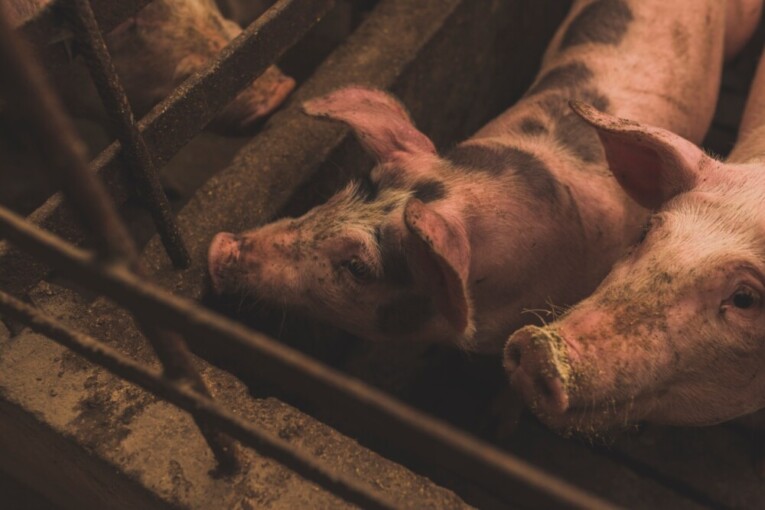
During the emergence of Covid-19 pandemic, there has been the number of reports related to the emergence of the G-4 virus. Some say that it could be a potential new pandemic.
Prof. Dr. drh. Michael Haryadi Wibowo, M.P., as a researcher from the Faculty of Veterinary Medicine UGM, said that this virus had not proven yet to infect anyone. However, therefore, according to him, there should be several precautions taken; one of them is by increasing research capacity and influenza diagnostic tools.
“There is a possibility that this potential virus may spread to Indonesia. But so far, we have not found any virus confirmation in Indonesia. However, we still need to be alert and vigilance to the new virus,” he said.
In his remarks, he said there was no evidence of transmission from pigs to humans or even humans to humans. There was only a report about seroprevalence of a serologically positive pig farmer. The report said that the pig farmer had antibodies to the H1N1-EA G-4 virus in China. Still, there was no description of clinical symptoms in the people sampled.
“The serological data intended an indication of exposure to the virus, but it does not indicate an infection,” Haryadi added.
He explained that The H1N1 virus, actually has long been spreading in pigs, avian, and humans, but the G-4H1N1 EA virus has a different genetic structure than it already has. The G-4 virus carries genetic material from 3 types of viruses, namely the H1N1 pandemic 09 viruses, the avian virus (Eurasian Avian Like Virus) and the H1N1 North American Triple Reassortment virus.
The target of the virus infection is the respiratory tract and the lungs. Therefore the main spread is through respiratory droplets.
This virus seems potential to infect humans because, in vitro, it can bind to the alpha 2.6 sialic acid receptors which are influenza virus receptors in humans.
However, he added, we cannot judge the possibility of development into a pandemic by only this factor.
“To become a pandemic, it can not only be based on the ability related to the host cell receptor. However, it must be supported by the genetic cooperation of the virus properly, so that transmission efficiency occurs and of course, the virus must have the ability to cause illness or virulence,” he explained.
The role of many genes that with synergistically may determine the efficiency of transmission, replication and virulence of the virus.
At present, according to him, we are suggested to have preventive measures such as conducting integrated surveillance of influenza diseases in humans, pigs and animals, as well as investigating cases of suspected influenza disease specifically related to H1N1.
Besides, we also need efforts to control the opportunities and risks of the H1N1-EA G-4 virus entry by increasing the role and capacity of animal quarantine. We also need to enrich education and correct information related to the H1N1-EA G-4 virus to the general public and pig farmers in particular and to intensify good coordination with public health authorities and veterinarians in preventing the H1N1-EA G-4 virus.
Author: Gloria
Translator: Natasa A

